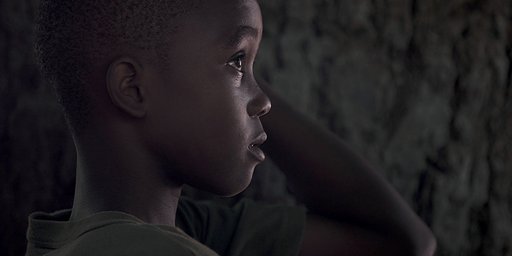How Childhood Trauma Affects Our Health

We all have childhood experiences that have etched a permanent mark in our brain– no matter how favorable – or not they are. Yet studies show that negative, traumatic experiences during childhood are linked to long term health and behavioral complications.
Adverse Childhood Experiences (ACEs) are potentially traumatic events that occur in childhood from 0-17 years old.
In 1998, the CDC-Kaiser Permanente published a study on two years of data from over 17,000 Health Maintenance Organization members from Southern California. The members – who received physical examinations – completed confidential surveys regarding their childhood experiences and current health status and behaviors. The study found a direct correlation between ACEs and future health complications.
The CDC-Kaiser study has identified 10 ACEs that fall under three categories:
-
Abuse
The ACEs which fall under abuse are physical abuse, emotional abuse and sexual abuse.
-
Neglect
This includes physical and emotional neglect.
-
Household Dysfunction
Including mental illness; a mother who is treated violently; divorce; an incarcerated relative; and substance abuse.
Researchers are also considering racism, bullyism and community violence as other ACEs.
How Trauma Works on the Brain
The associated areas of the brain for trauma are:
- The amygdala, which helps the brain coordinate a response to things in our environment – including an emotional response. The feelings most associated with the amygdala are fear and anger.
- The hippocampus, which plays an important role in the limbic system, and is associated with the formation of new memories, learning and emotions.
- The thalamus, which has the function to relay motor and sensory skills to the cerebral cortex.
- The prefrontal cortex, where information is used to make decisions about cognitive and emotional responses.
When a person experiences trauma, adrenaline rushes through the body, and the memory becomes imprinted on the amygdala. The amygdala holds the emotional significance of the event, as well ad the intensity and impulse of emotion associated with it.
Chronic or toxic stress that can be produced by trauma can negatively impact vital brain systems. Here’s how:
-
Within the stress pathway, the dysregulated HPA Axis and decreased hippocampal volume leads to anxiety, depression and impaired learning and memory.
-
Decreased gray matter in the prefrontal cortex and an increased amygdala volume leads to hypervigilance and reduced attention control.
-
A decrease in our reward system – which is associated the feeling of motivation and wanting; or desire for a reward – can lead to the difficulty to experience joy.
-
A disruption in our brain connectivity can lead to difficulty understanding the relevance of situations and how to respond.
These issues include:
- Alcohol abuse;
- Smoking;
- Lack of physical activity;
- Drug abuse;
- Missing work;
- Obesity;
- Depression;
- Diabetes;
- Suicide;
- STDs;
- Chronic lung disease;
- Stroke;
- Cancer;
- Heart disease; and
- Broken bones
Other potential negative outcomes include low levels of education (with less than a high school education, unemployment and lack of health insurance.
While ACEs are common in children among all socioeconomic backgrounds, studies found that females and racial minorities are at greater risks of having atleast four ACEs.
The CDC proposes community support as a solution reducing the long term outcomes of ACEs.
Healthcare providers: Health care providers can recognize the risks of ACEs in children and identify them in adults. They can also refer patients to services and support that can help them navigate their challenges associated with ACEs.
Employer flexibility: Employers should establish policies that support parents and their families – including paid leave and flexible work schedules.
Local and federal government support: This includes more services that support financial hardship and childcare, and offer support on conflict management in school and social settings.


